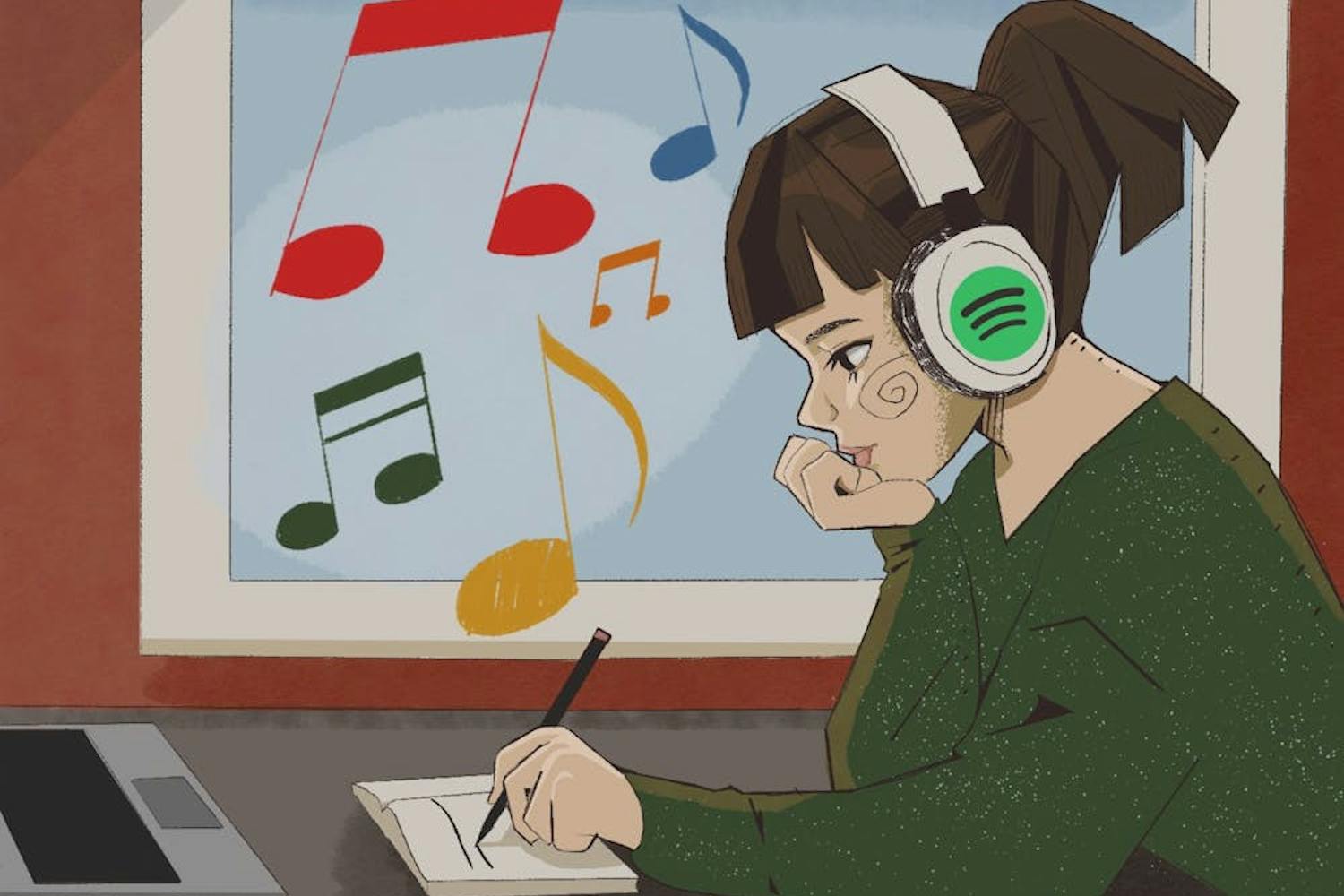Most cases of domestic violence are initiated by men, but studies show females can be physically violent as well.
Ongoing ASU research may create more understanding of female perpetrators of “intimate partner violence” and encourage services for both the perpetrators and male victims.
Kellie Palazzolo, an assistant professor in the Hugh Downs School of Human Communication, is the adviser for the research project that began fall 2009.
One goal of the research is to understand how college students perceive female and male perpetrators, she said.
“We can take what we’re learning and turn it into some sort of prevention campaign that treats both male and female equally as having the potential to be aggressive in their relationship,” Palazzolo said.
She said she ultimately wants to prevent violence in intimate relationships.
So far, the research is bringing to light that women can be aggressive.
“It’s often been taken for granted that women can’t really do that much damage, so it’s OK to maybe slap your boyfriend or do something of that nature,” Palazzolo said.
She said the group started its research around the time when Tiger Woods’ wife supposedly assaulted him.
“It ended up being a lot more timely than we thought it was going to be,” Palazzolo said.
She said most research on female aggressors hasn’t been done in the communications field.
Jennifer Scarduzio, a doctoral communications student, is one of three graduate students working on the research.
In the pilot study where participants looked at news stories, she found some major gender stereotypes from the results.
For example, when the man or woman was violent against a victim but didn’t kill the victim, participants said the male perpetrator should be punished more than the female perpetrator.
“When a man hits a woman, society has a perception that a man should never hit a woman,” Scarduzio said. “That’s just kind of a cultural norm.”
Also, the results found that when a woman hits a man, there is another reaction.
“People try to explain that and say, ‘Well maybe she was acting in self-defense or maybe he did something to her to make her hit him or maybe it was an accident,’” Scarduzio said.
She said she is interested in this research because of society’s view of female perpetrators.
“People don’t want to think that a female can be violent just on her own, without someone provoking her,” Scarduzio said.
She said this view can hinder services for women who are violent and need to be helped as well as for male victims.
“What I’d like to do with this research is help create or take it to places that offer services to victims and perpetrators and help them design programs that could assist both men and women,” Scarduzio said.
She also wants to help shift the way people think about these issues.
There are many aspects of the research, including an improved experiment after the pilot study and interviews and group discussions with participants, she said.
Scarduzio said results are all collected at this point, though most still need to be analyzed.
Katie Harris, a doctoral communications student working on the research, said male victims are portrayed negatively through stereotypes.
“When men are victims of intimate partner violence, people tend to say things like, ‘Oh, well, he’s a wimp for getting beat up by a girl. He isn’t a real man,’” Harris said.
A research paper based on the pilot study focused on open-ended survey responses on the role of news media in perceptions of male and female aggressors in partner violence.
The paper focused on four different stereotypes found through the responses: use of aggression, emotional, power and control, and acceptability of violence.
One interesting result was that participants were shocked that female perpetrators could “inflict serious damage” on their significant others in specific news stories.
Some participants also “doubted that female violence was possible,” according to the paper.
The paper was accepted to the National Communication Association Conference and was revised and submitted to the journal Communication Quarterly.
Reach the reporter at reweaver@asu.edu



